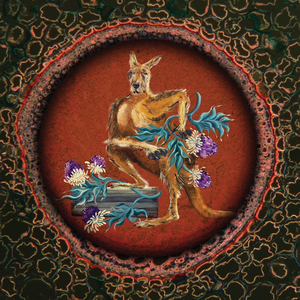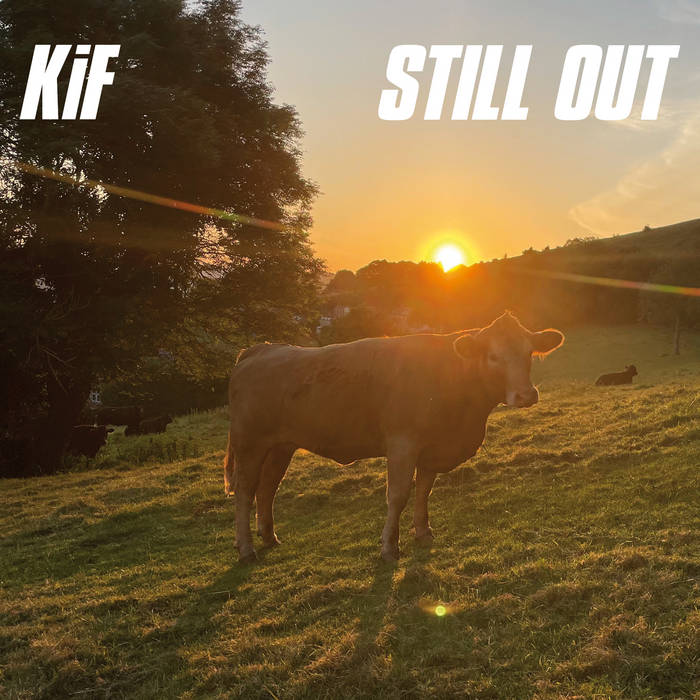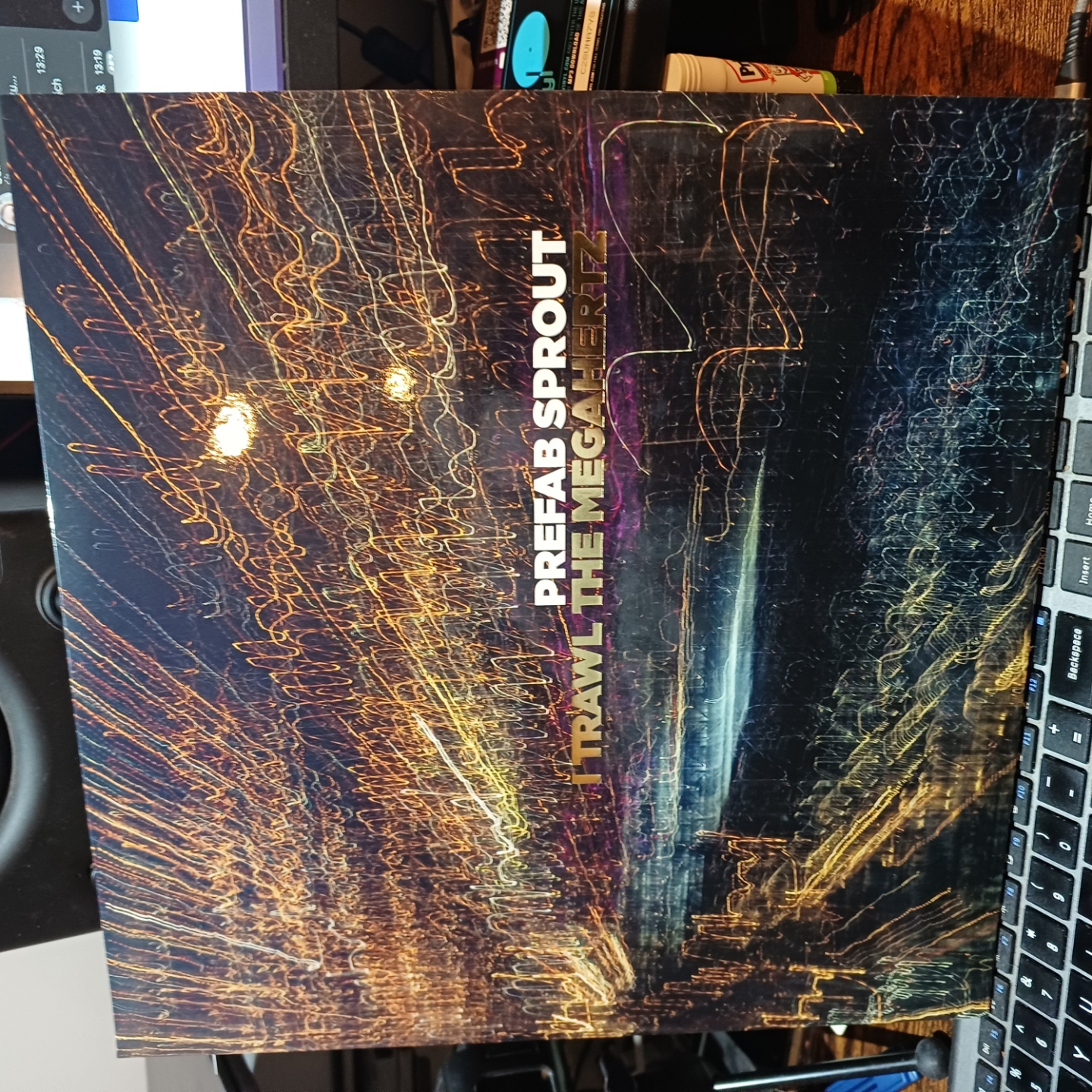
In this historical video excerpt, David Vorhaus talks about two of his analogue inventions - the MANIAC analogue sequencer, and the Kaleidophon from 1979.
The MANIAC (Multiphasic Analog Inter-Active Chromataphonic (sequencer)) was an analogue sequencer having variable step lengths, and the ability to split sequences into several smaller groupings giving considerable sonic potentiality. Addition and subtraction of events was possible, as well as the possibility to chromatically correct the output during performance. David could program his MANIAC sequencer to play a background rhythm or combination of musical events, to then improvise over the top with another instrument or synthesizer.
The Kaleidophon was a double-bass-like instrument using four velocity-sensitive ribbon controllers instead of strings. The instrument is played entirely using the left hand, leaving the right hand free to manipulate the sound via a number of controllers and a joystick.
David speaks about the processes of making electronic music, and the developments that such possibilities can provide for the imaginative electronic musician. This excerpt is taken from the BBC 1979 documentary entitled “The New Sound of Music” hosted by Michael Rodd.
Vorhaus was also part of “White Noise” with Delia Derbyshire. One seriously odd record..
Derbyshire and Vorhaus were part of Kaleidophon studios in Camden.
Kaleidophon and Electrophon
In the late 1960s Delia Derbyshire partnered with Brian Hodgson to set up the Kaleidophon studio in Camden Town with fellow electronic musician David Vorhaus. The studio produced electronic music for London theatre productions, and in 1968 the three produced their first album there as the band White Noise. Their debut, An Electric Storm, is considered an influential album in the development of electronic music.
The trio, under pseudonyms, contributed to the Standard Music Library. Many of these recordings, including compositions by Derbyshire using the name “Li De la Russe” (from an anagram of the letters in “Delia” and a reference to her auburn hair) were used on the 1970s ITV science fiction rivals to Doctor Who: The Tomorrow People and Timeslip.


